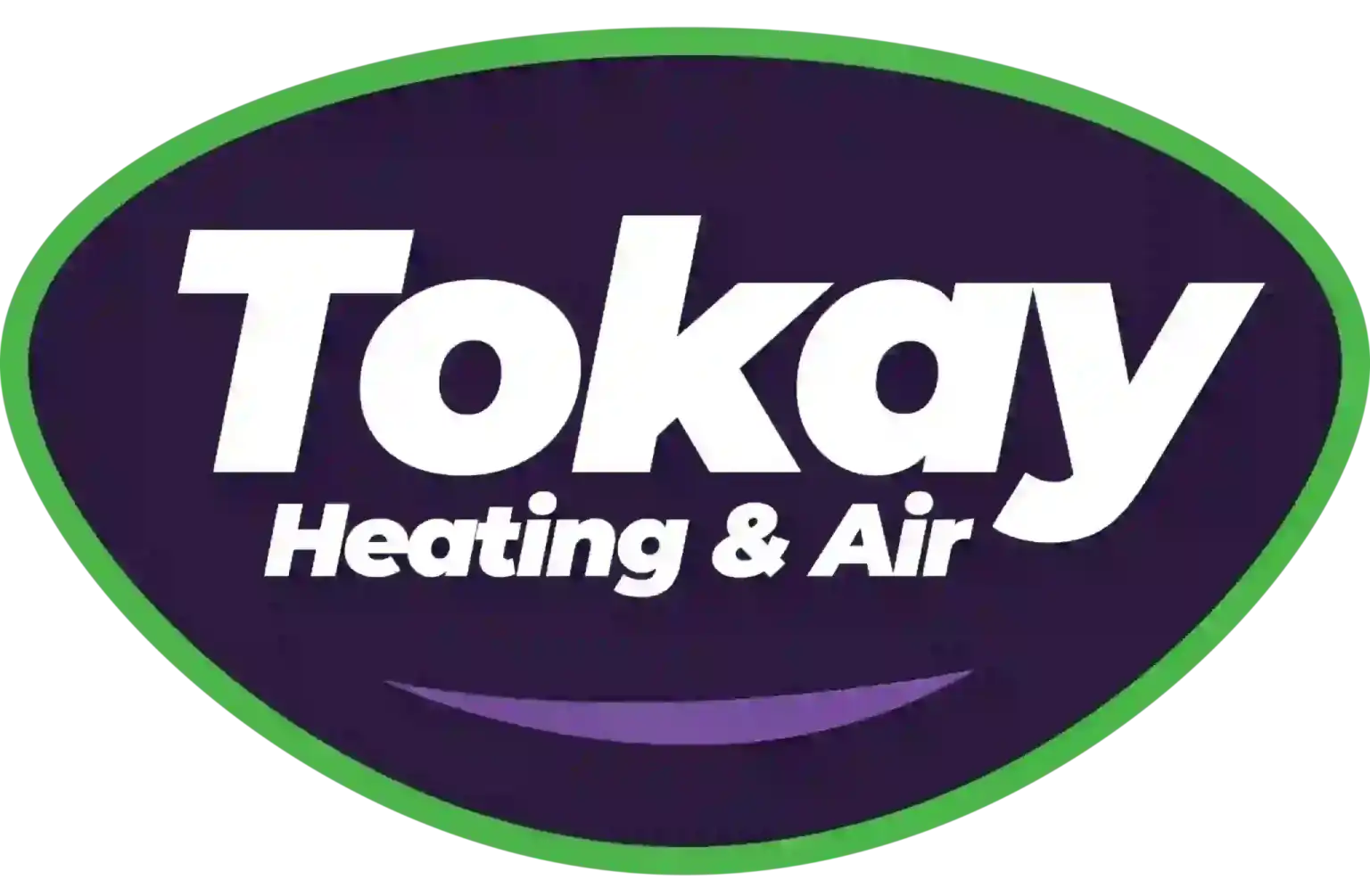How To Set Your Thermostat And Save Money In Summer?
We all like saving money on our monthly utility bills, but it turns out there’s a way to lower energy use, even when you’re not even home.
The key is your thermostat. By learning more about its special features and settings, you can tailor the temperature to your needs. This means establishing various temperature settings for when you’re at home, away or even when you’re asleep.
By trying a few of these schedules, you have more time to enjoy pleasant temperatures while keeping more money in your pocket. Take a look at a few ways your thermostat doesn’t have to use up all your summer spending money:
- While at Home: Pretty much whenever you’re home, you want comfortable temperatures. For the most part, you probably have your thermostat lower in the summer while inside to appreciate the cool air.
But the ideal temperature for when you’re in your home during the summer is usually between 78 and 80 degrees Fahrenheit. By adjusting things a few degrees, you can stay cool while still keeping your energy bills low. - While Gone: When it comes to setting the temperature for when you are out of the house in summer, it’s advantageous to set the thermostat higher for while they’re gone.
For some homes, you can set the temperature as high as 88 degrees while no one is home and then lower it back to the sweet spot of 78-80 degrees when you or a family member return. This way, your air conditioning unit won’t be working overtime to keep an empty house cool. - While Asleep: When it comes to sleeping in the summer, you want a temperature that’s nice and cool. A great place to start is between 68-72 degrees Fahrenheit. This will keep you from getting too hot or too cold while you’re trying to sleep.
Other Strategies For Lowering Energy Use
- Install a smart thermostat: Trying a smart thermostat in the summer is an excellent way to reduce energy costs since it can plan your temperature adjustments according to your lifestyle and personal preferences. It’ll take care of making changes while you are home or sleeping, while allowing it to warm up when the house is empty. Using reputed brands and models such as the Lennox iComfort, you have the ability to remotely access and change the temperature through your smartphone, tablet or laptop. Requesting smart thermostat installation in your Lodi home is an effortless way to set the correct temperature whether you’re at home or across the country.
- Upgrade your HVAC system: Upgrading your HVAC system can save money in the long run. By investing in a more energy-efficient system, your utility bills will be lower because it requires less energy to heat and cool your home. Air conditioning installation in Lodi is a great way to beat the heat in the summer.
- Stay on top of routine AC maintenance: Hiring a skilled professional to perform regular air conditioning maintenance in Lodi can have a big impact on your monthly energy use. With regular cleaning of the coils, checking for damage and keeping vents clear of dust and debris, this can help your HVAC system perform better during day-to-day use.. Higher energy efficiency will also reduce strain on key parts and lowers operational costs, resulting in lower energy usage and subsequently, smaller bills.
- Replace your air filter regularly: Cleaning or replacing the air filter regularly saves money by improving airflow. When filters become clogged, air conditioners have to work harder, and the strain can reduce the system’s life span and lead to breakdowns.
- Check your attic insulation: Insulation is a crucial component for any energy-efficient home, keeping the hot air outside and the cool air inside through summer. The North American Insulation Manufacturers Association (NAIMA) recommends that homes in the southern United States should possess at least 13-14 inches of insulation, while colder climates do better with 16-18 inches.
- Inspect your air ducts: Leaky ductwork can raise your energy bills much more than 20 percent, plus it can also lead to problems with your water heater, clothes dryer and other appliances throughout your home. Watching for signs of leaks and sealing them can help with both these issues.
- Seal all other leaky spots in your home: Finding and sealing any remaining leaks in your home with caulk, foam sealant or weather-stripping keeps temperatures a little cooler on hot summer days. You should also check for any gaps around windows, doors and even outdoor fixtures. Taking the time to seal up any leaks now can help you save a lot in the long term.


